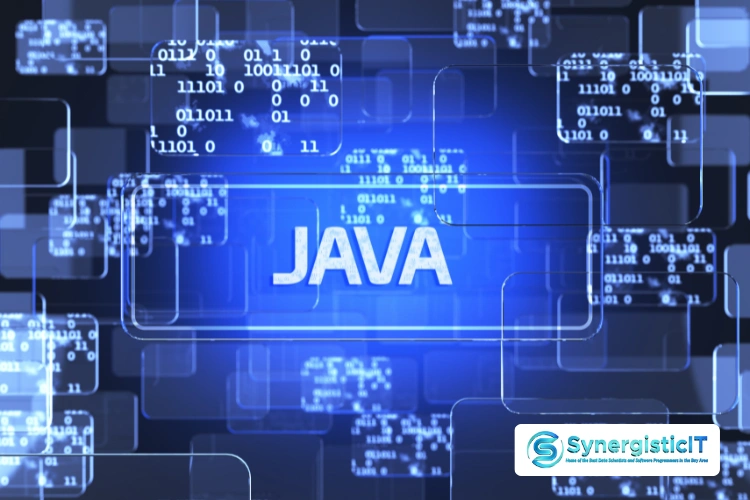 If you are aiming for a Java Developer role, knowledge of advanced Java is a must. Prepare these Common Java interview questions. You must be fluent with concepts like Multithreading, Concurrency, Design Patterns, Memory Management, Streams, Lambda Expressions, Spring Framework, and Performance Optimization. All these skills are essential for high-paying Java jobs.
If you are aiming for a Java Developer role, knowledge of advanced Java is a must. Prepare these Common Java interview questions. You must be fluent with concepts like Multithreading, Concurrency, Design Patterns, Memory Management, Streams, Lambda Expressions, Spring Framework, and Performance Optimization. All these skills are essential for high-paying Java jobs.
In this interview questions guide, we have covered all the important questions that interviewers ask most. By going through our interview questions guide, you will be able to master all key concepts and prepare answers for the interview.
Start reading and learning to go one step closer to your dream job!

